A Study in Scarlet
A Study in Scarlet
Media
A Study in Scarlet
Published At August 15, 2025
Last Updated At August 30, 2025
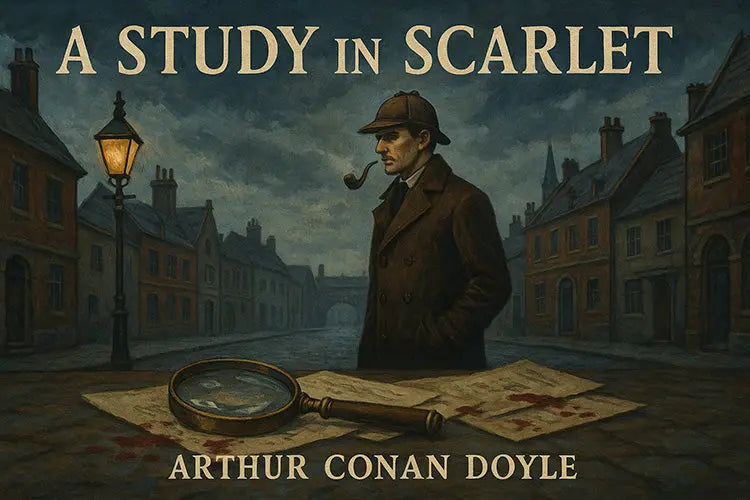
The First Sherlock Holmes Novel
Introduction
A Study in Scarlet (1887) is the first novel by Sir Arthur Conan Doyle to feature Sherlock Holmes and Dr. John H. Watson. Originally published in Beeton’s Christmas Annual, the book introduced the world to Holmes’s methods of deduction and the enduring partnership with Watson. Although modestly received at first, the novel laid the groundwork for one of literature’s most famous detective series.
Background and Publication
Doyle was a young physician in Southsea when he wrote the story, drawing inspiration from his medical studies and the diagnostic methods of Dr. Joseph Bell at the University of Edinburgh. The manuscript was rejected several times before being accepted by Ward, Lock & Co. in 1886 for a flat fee of £25. It appeared in Beeton’s Christmas Annual of 1887 and was published in book form the following year.
Plot Overview
The novel is divided into two distinct parts:
- Part I: Holmes and Watson meet for the first time, introduced by Stamford at St. Bartholomew’s Hospital. They take lodgings at 221B Baker Street and are soon drawn into the murder of Enoch Drebber in London. Holmes demonstrates his unique deductive methods, identifying Jefferson Hope as the culprit.
- Part II: The narrative shifts to Utah, recounting the backstory of revenge and religious conflict that led to the London crimes. This transatlantic digression was unusual for detective fiction at the time, blending mystery with historical adventure.
Significance
A Study in Scarlet introduced Holmes’s method of logical deduction, forensic science, and crime scene analysis, elements that would influence both fiction and real-world investigative techniques. It also established Watson as narrator, providing the human perspective through which readers encounter Holmes’s brilliance.
Reception and Legacy
Though initial sales were modest, the story gained greater attention after the publication of The Sign of the Four (1890) and the short stories in The Adventures of Sherlock Holmes (1892). Today, A Study in Scarlet is recognised not only as the debut of Holmes and Watson but also as a landmark in the history of detective fiction.
See also: Sherlock Holmes | Dr. John Watson | 221B Baker Street | Sir Arthur Conan Doyle
FAQ
Information
Related Articles
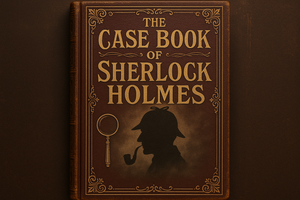
The Case Book of Sherlock Holmes
The Final Collection Introduction The Case-Book of Sherlock Holmes, published in 1927, is the la...

The Return of Sherlock Holmes
The Great Detective Resurrected Introduction The Return of Sherlock Holmes, published in 1905, i...
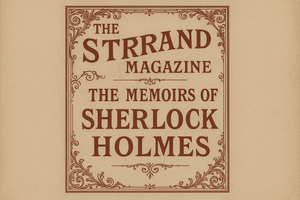
The Memoirs of Sherlock Holmes
The Detective’s Fateful Adventures Introduction The Memoirs of Sherlock Holmes, published in 189...
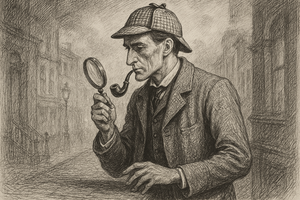
The Adventures of Sherlock Holmes
The First Collection of Short Stories Introduction The Adventures of Sherlock Holmes, published ...
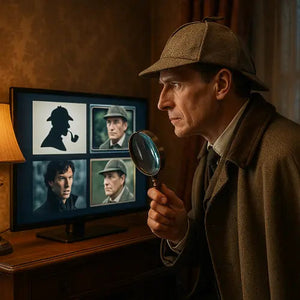
Sherlock Holmes
The World’s Greatest Detective Introduction Sherlock Holmes, the fictional detective created by S...

Dr. John H. Watson
Chronicler, Companion & Friend Dr. John H. Watson is Sherlock Holmes’s trusted companion, mil...
A Study in Scarlet (1887) is Sir Arthur Conan Doyle’s first Sherlock Holmes novel, introducing the iconic duo Sherlock Holmes and Dr. John Watson.
It follows their first case together, a London murder mystery with roots in vengeance from the American West.
Sherlock Holmes is a fictional detective created by Sir Arthur Conan Doyle, first appearing in A Study in Scarlet (1887).
Known for his brilliant deductive reasoning, keen observation, and forensic skills, Holmes is one of the most famous characters in detective fiction.
Dr. John H. Watson is Sherlock Holmes’s loyal companion, biographer, and trusted friend, first introduced in A Study in Scarlet (1887).
As a former army doctor, his courage, empathy, and practicality balance Holmes’s brilliance, making their partnership legendary in detective fiction.
